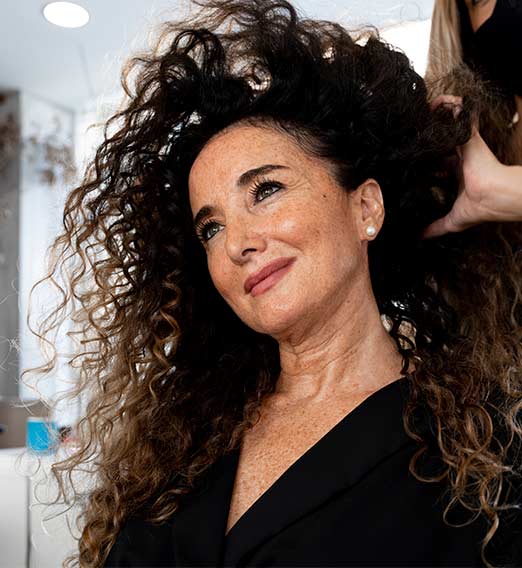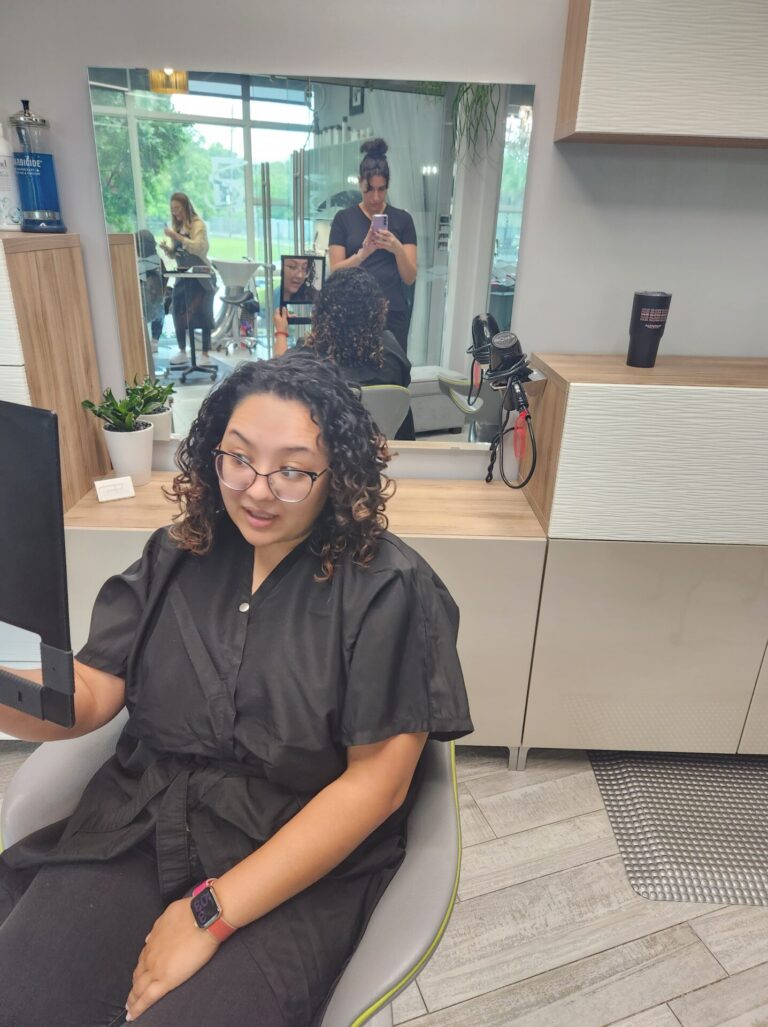Curly hair trends
Blog

Let’s talk about porosity. No, not the kind you find in a SpongeBob episode, but the kind that affects your curly hair. Porosity is like your hair’s personality – it determines how well it absorbs and holds onto moisture. Think of it as your hair’s ability to pick up signals from the environment, like a curly-haired superhero with a sixth sense for humidity. But unlike a superhero, you don’t need to be bitten by a radioactive spider to test your hair’s porosity. In fact, you can do it right at home, no spandex suit required.
Porosity refers to your hair’s ability to absorb and retain moisture. Hair porosity is determined by the condition of the hair’s cuticle layer, which is the outermost layer of the hair shaft. The cuticle layer can be tightly packed, making it difficult for moisture to penetrate the hair, or it can be more open, allowing moisture to enter and leave the hair more easily.
Hair porosity is categorized into three types: low, medium, and high. Low porosity hair has a tightly packed cuticle layer that can make it difficult for moisture to penetrate the hair, while high porosity hair has a more open cuticle layer that allows moisture to enter and leave the hair easily. Medium porosity hair has a balanced cuticle layer that allows for some moisture to be absorbed while also retaining it.
Understanding your hair’s porosity level is important for determining the best hair care products and techniques for your hair type. For example, high porosity hair may require more frequent deep conditioning treatments to keep it hydrated, while low porosity hair may benefit from using lightweight hair products that won’t weigh it down.
There are a few ways to test for hair porosity at home:
The Float Test: Take a few strands of hair and drop them into a bowl of water. If your hair floats, it means it has low porosity because it’s not absorbing much water. If your hair sinks, it means it has high porosity because it’s absorbing a lot of water. If your hair floats in the middle, it means it has normal porosity.
The Slip and Slide Test: Take a strand of hair and slide your fingers up the strand, towards the scalp. If you feel little bumps or resistance, it means your cuticles are raised and your hair has high porosity. If your fingers slide smoothly, it means your cuticles are flat and your hair has low porosity.
The Spritz Test: Spritz a small section of your hair with water and watch how it reacts. If the water beads up on the hair and takes a long time to be absorbed, it means your hair has low porosity. If the water is quickly absorbed and the hair feels instantly wet, it means your hair has high porosity. If the water is absorbed after a few seconds, it means your hair has normal porosity.
Keep in mind that porosity can vary throughout different sections of your hair, so it’s best to test different areas to get an overall understanding of your hair’s porosity.
So there you have it, folks: the ins and outs of porosity. Whether your hair is like a sponge or a teflon pan, understanding its porosity can help you choose the right hair products and care routine. And who knows, maybe one day you’ll impress your hair stylist with your in-depth knowledge of porosity. Just don’t let it go to your head, or you might end up with some seriously weighed-down, low-porosity locks. Stay poro-savvy, my friends!


